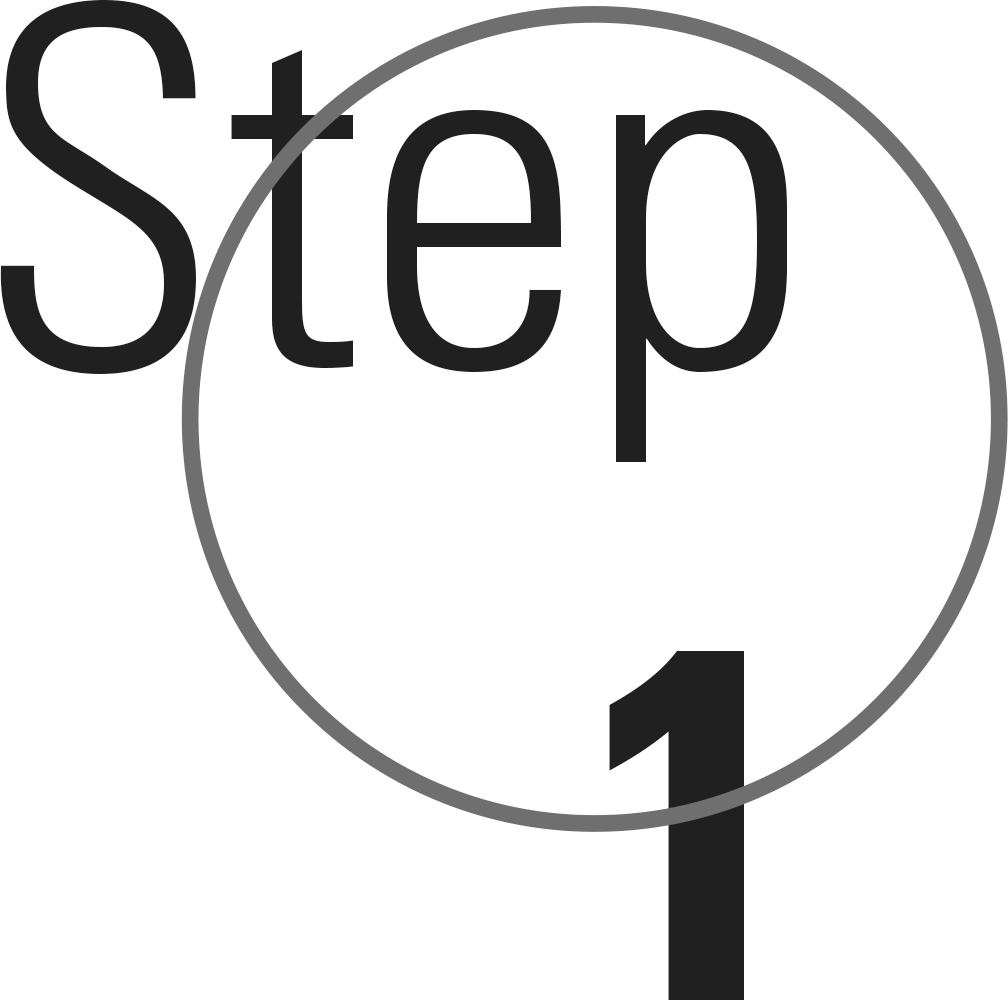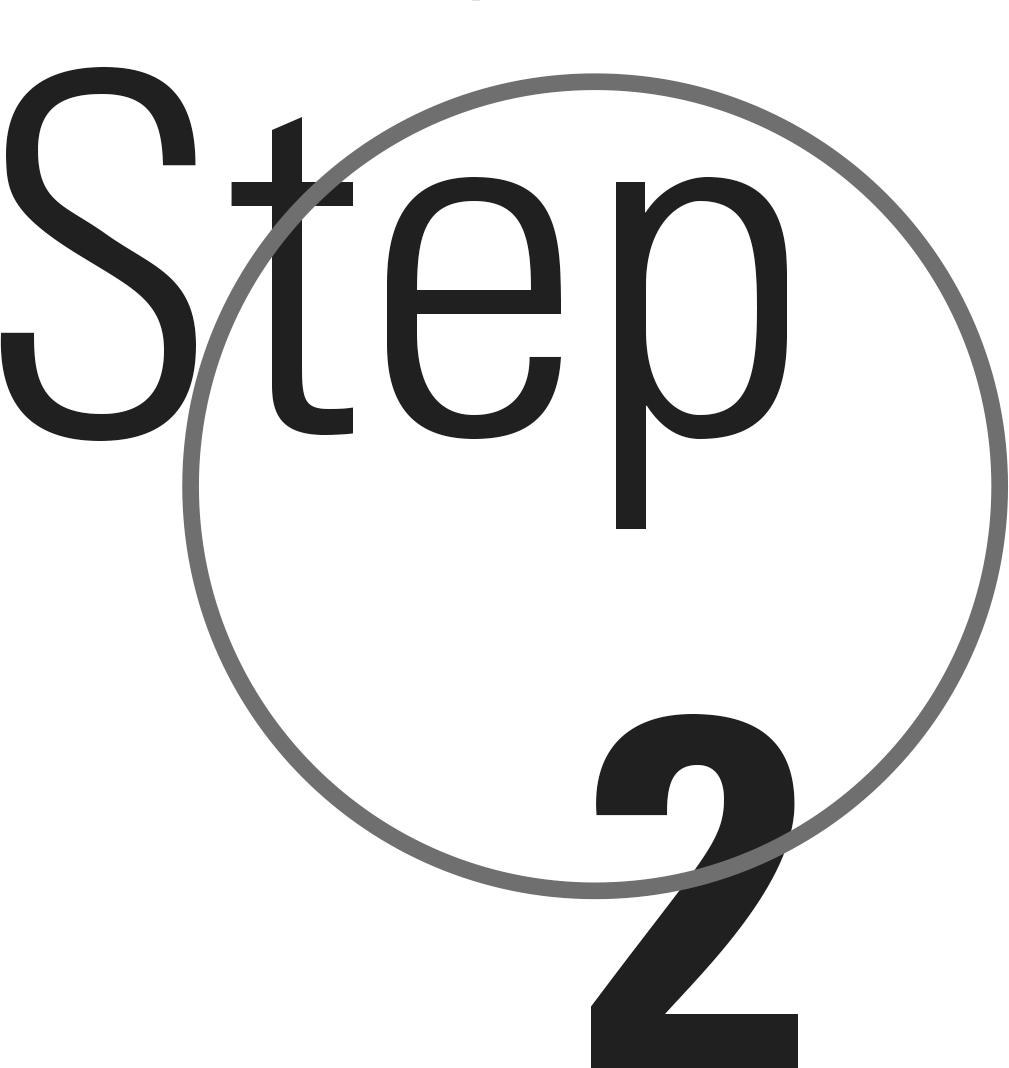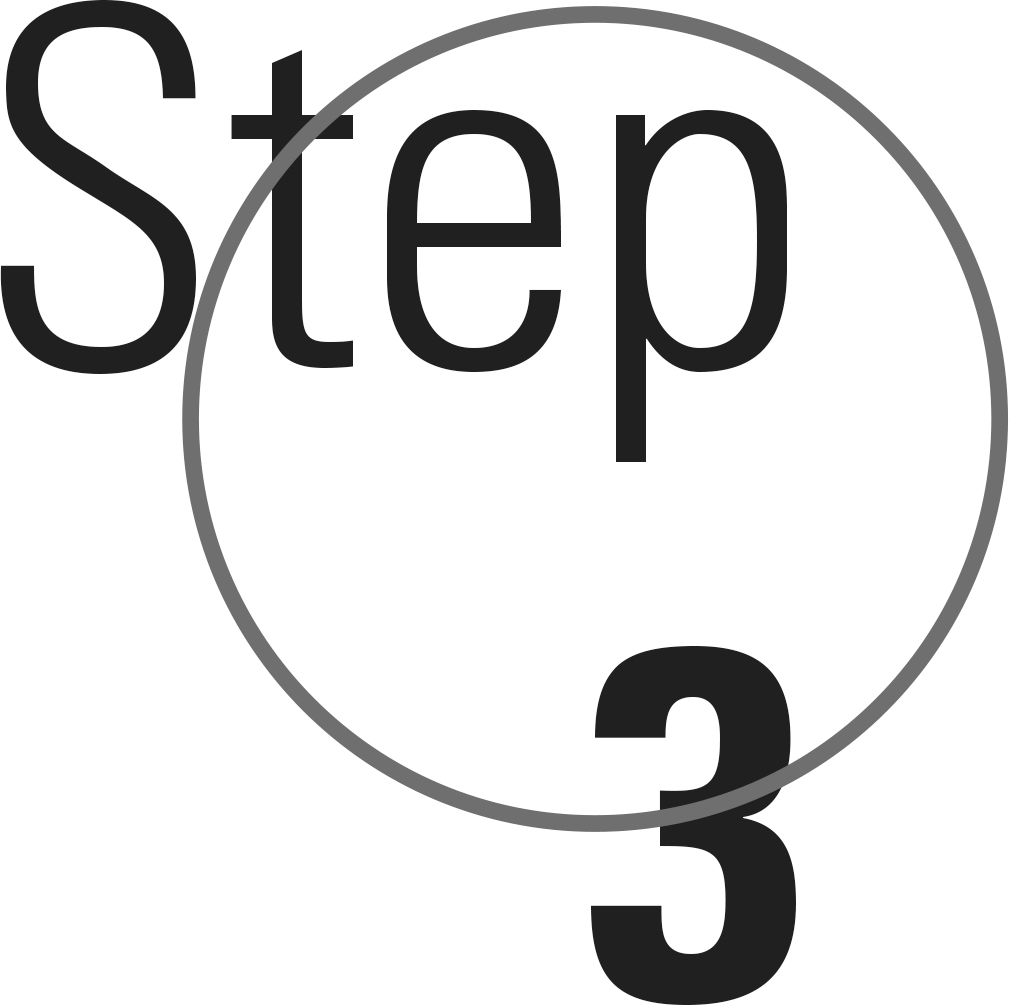Chapter 9
Introduction to the ACT Mathematics Test
The second section of the ACT will always be the Math test. To perform your best, you’ll need to become familiar with the structure and strategy of the ACT Math test. In this chapter, we discuss the types of questions you can expect to see and how you can use organizational strategy, estimation, and elimination skills to improve your Math score.
WHAT TO EXPECT ON THE MATH TEST
You will have 60 minutes to answer 60 multiple-choice questions based on “topics covered in typical high school classes.” For those of you who aren’t sure if you went to a typical high school, these questions break down into rather precise areas of knowledge.
The Math section usually breaks down into the following:
33 Algebra questions
-
14 pre-algebra questions based on math terminology (integers, prime numbers, and so on), basic number theory (rules of zero, order of operations and so on), and manipulation of fractions and decimals
-
10 elementary algebra questions based on inequalities, linear equations, ratios, percents, and averages
-
9 intermediate algebra questions based on exponents, roots, simultaneous equations, matrices, and quadratic equations
23 Geometry questions
-
14 plane geometry questions based on angles, lengths, triangles, quadri-laterals, circles, perimeter, area, and volume
-
9 coordinate geometry questions based on slope, distance, midpoint, parallel and perpendicular lines, points of intersection, and graphing
4 Trigonometry questions
-
4 questions based on basic sine, cosine, and tangent functions, trig identities, and graphing
What Not to Expect on the Math Test
The ACT does not provide any formulas at the beginning of the Math test. Before you panic, take a second look at the chart on the previous page. Because the ACT is so specific about the types of questions it expects you to answer, preparing to tackle ACT Math takes a few simple steps.
A NOTE ON CALCULATORS
Not all standardized tests allow calculators. Fortunately, ACT does. We’re not about to give you the stodgy advice that you shouldn’t use your calculator—quite the opposite, in fact. Your calculator can help to save a ton of time on operations that you may have forgotten how to do or that are easy to mess up. Adding fractions, multiplying decimals, doing operations with big numbers: Why not use a calculator on these? The place where you have to be really careful with your calculator, though, is on the easy ones. Let’s see an example.

1. What is the value of 3x2 + 5x − 7 when x = −1 ?
A. −15
B. −9
C. −1
D. 5
E. 15
Here’s How to Crack It
If you’ve got your calculator handy, use it. This problem is pretty straightforward, but a calculator can help to put everything together. BUT, make sure you’re treating the −1 with the respect it deserves. What you punch into your calculator should look something like this:
3(−1)2 + 5(−1) − 7
When working with negative numbers or fractions, make doubly sure that you use parentheses. If not, a lot of weird stuff can happen, and unfortunately all of the weird, wrong stuff that can happen is reflected in the wrong answer choices. If you computed this equation and found −9, (B), you got the right answer. Well done. If not, try to go back and figure out where you made your calculator mistake.

Types of Calculators
Throughout the rest of the Math chapters, we discuss ways to solve calculator-friendly questions in an accurate and manageable way. Because TI-89 and TI-92 calculators are not allowed on the ACT, we will show you how to solve problems on the TI-83. If you don’t plan to use a TI-83 on the test, we recommend you make sure your calculator is acceptable for use on the test and that it can do the following:
-
handle positive, negative, and fractional exponents
-
use parentheses
-
graph simple functions
-
convert fractions to decimals and vice versa
-
change a linear equation into y = mx + b form
Use your calculator, but use it wisely. Be careful with negative numbers and fractions.
THE PRINCETON REVIEW APPROACH
Because the test is so predictable, the best way to prepare for ACT Math is with
-
a thorough review of the very specific information and question types that come up repeatedly
-
an understanding of The Princeton Review’s test-taking strategies and techniques
In each Math chapter in this book, you’ll find a mixture of review and technique, with a sprinkling of ACT-like problems. At the end of each chapter, there is a summary of the chapter and a drill designed to pinpoint your math test-taking strengths and weaknesses. In addition to working through the problems in this book, we strongly suggest you practice our techniques on some real ACT practice tests. Let’s begin with some general strategies.
Order of Difficulty: Still Personal
The Math test is the only part of the ACT that is in Order of Difficulty (OOD). What this means is that the easier questions tend to be a bit earlier in the exam, and the harder questions are later. Usually, this means that question 1 is a freebie and question 60 is a doozy. None of the other tests have an OOD, unfortunately, so they are all about Personal Order of Difficulty (POOD). This OOD in and of itself is great to know when planning how you will attack this part of the ACT.
Now we all love easy questions, but hold on for a second. If you and I both get a B on a math test at school, is it necessarily because we got exactly the same questions right or wrong? Unfortunately, no. What makes for a hard question? Is it hard because it’s a long word problem, or is it hard because it tests some arcane concept that your teacher went over for like five seconds? Only the very hardest questions will be both. So even on the Math test of the ACT, you still need to use your POOD. The things you might find easy or hard won’t necessarily jibe with ACT’s.
Now, Later, Never
Hard questions take a long time. Easy ones take a short time. That’s obvious, but as we’ve seen, the definition of an “Easy” question is a tough one to pin down. That’s why you’ll want to be careful trusting ACT’s Order of Difficulty on the Math test. The no-brainer approach is to open the test booklet and work questions 1 through 60 in order, but you can get a lot of extra points by out-thinking this test. You’ll have a lot easier time drawing your own road map for this test than letting ACT guide you.
Clearly, a lot of the easy questions will be right in the beginning, but they won’t all be. This is why when you arrive at each question, you’ll want to first determine whether it is a Now, Later, or Never question. Do the Now questions immediately: They’re the freebies—the ones you know how to do and can do quickly and accurately. Skip any questions you think might take you a bit longer or which test unfamiliar concepts—save them for Later. Make sure you get all the points you can on the problems you know you can do, no matter what the question number.
Once you’ve done all the Now questions, go back to all the ones you left for Later. But here you should be careful as well. For both Now and Later questions, don’t rush and make careless errors. On the other hand, don’t get stuck on a particular problem. In a 60-minute exam, think of how much spending 5 minutes on a single problem can cost you!
Finally, there’s no problem with leaving a few questions behind in the Never category. The good news here is that these problems are not necessarily totally lost. Fill them in with a Letter of the Day: Choose one pair of letters and bubble in all the blanks this way. For example, always bubble in A or F, B or G, etc. ACT doesn’t have a guessing penalty, so there’s nothing to lose, and you can even get lucky and score a few free points.
USE PROCESS OF ELIMINATION (POE)
Remember the major technique we introduced in Chapter 2: POE, or Process of Elimination. ACT doesn’t take away points for wrong answers, so you should always guess, and POE can help you improve those chances of guessing. Don’t make the mistake of thinking that POE is a strategy reserved only for English, Reading, and Science. Math has its own kind of POE, one facet of which we like to call Ballparking.
BALLPARK
You can frequently get rid of several answer choices in an ACT math problem without doing any complicated math. Narrow down the choices by estimating your answer. We call this Ballparking. Let’s look at an example.

3. There are 600 school children in the Lakeville district. If 54 of them are high school seniors, what is the percentage of high school seniors in the Lakeville district?
A. 0.9%
B. 2.32%
C. 9%
D. 11%
E. 90%
Here’s How to Crack It
Before we do any serious math on this problem, let’s see if we can get rid of some answer choices by Ballparking.
First, we need to figure out what percent 54 is of 600. It’s pretty small, definitely way less than 50%, so we can eliminate (E) right off the bat. Now, think about easy percentages that you know—10 and 25%—and start from there. What’s 10% of 600? Just move the decimal one place to the right to get it, and you’ll find that 10% of 600 is 60. Therefore, if the number from the problem is 54, the answer must be less than 10%. Let’s get rid of (D). Now, we know that 54 is pretty close to 60, so we want something close to 10% but slightly less, and the only possible answer is (C).
It may feel like we somehow cheated the system by doing the problem that way, but here’s what ACT doesn’t want you to know: The quick, easy way and the “real” way get you the same amount of points. Not all problems will be so easily ballparkable, but if you think before you start frantically figuring, you can usually eliminate at least an answer choice or two.

WORD PROBLEMS
You’ve seen the breakdown of the topics that are tested on the ACT Math test. At a glance, it actually looks like the ACT should be kind of an easy test: You’ve definitely learned a lot of this stuff in school, a lot of it by the end of middle school. So what’s the deal? Well, part of the deal is that ACT makes familiar stuff really unfamiliar by putting it into word problems. Word problems add some confusing steps that mask the often simple concepts trapped in the problems. Trap answers, partial answers, and weird phrasing abound in word problems. Is anyone else getting the feeling that this whole exam is about reading comprehension?
Word problems look a lot of different ways and test a lot of different math concepts, but if you keep these three steps in mind, you should be able to get started on most word problems.
When dealing with word problems on the ACT Math test
-
Know the question. Read the whole problem before calculating anything, and underline the actual question.
-
Let the answers help. Look for clues on how to solve and ways to use POE (Process of Elimination).
-
Break the problem into bite-sized pieces. When you read the problem a second time, calculate at each step necessary and watch out for tricky phrasing.
Let’s try a problem.

8. Each member in a club had to choose an activity for a day of volunteer work.  of the members chose to pick up trash.
of the members chose to pick up trash.  of the remaining members chose to paint fences.
of the remaining members chose to paint fences.  of the members still without tasks chose to clean school buses. The rest of the members chose to plant trees. If the club has 36 members, how many of the members chose to plant trees?
of the members still without tasks chose to clean school buses. The rest of the members chose to plant trees. If the club has 36 members, how many of the members chose to plant trees?
F. 3
G. 6
H. 9
J. 12
K. 15
Here’s How to Crack It

Step 1: Know the Question
This is actually a slightly tricky step on this one. First of all, the problem doesn’t tell you until the very end that there are 36 students in this class. Without this piece of information, the fractions don’t mean much of anything. Second, the question is asking for the number of members who chose to plant trees, and we’re going to have to figure out a bunch of other things before we figure that out.

Step 2: Let the Answers Help
There aren’t any crazy answers in this one, though if you noticed how much we’re subtracting from 36, you’re probably thinking that the answer will be one of the smaller numbers.

Step 3: Break the Problem Into Bite-Sized Pieces
The starting point of this word problem actually comes at the end: This club has 36 members. Once you’ve got that, work the problem sentence by sentence, and pay particular attention to the language of the problem.
 of the members chose to pick up trash.
of the members chose to pick up trash.
A nice easy way to start. There are 36 members, and  of 36 is 12, so 12 members pick up trash.
of 36 is 12, so 12 members pick up trash.
 of the remaining members chose to paint fences.
of the remaining members chose to paint fences.
This is just like the last piece, except for one HUGE exception, which comes from the word remaining. First, we’ll need to figure out how many remaining members there are from the first step. There are 36 total members and 12 of them are picking up trash, so there are 24 members remaining.  of 24 is 6, so 6 members paint fences.
of 24 is 6, so 6 members paint fences.
 of the remaining members still without tasks chose to clean school buses.
of the remaining members still without tasks chose to clean school buses.
There’s that word remaining again. There were 24 members in the last step, but 6 of them chose to paint fences, so now there are 18 remaining members.  of 18 is 15, so 15 members clean school buses.
of 18 is 15, so 15 members clean school buses.
The rest of the members chose to plant trees.
There were 18 members left over in the last step, and 15 of them chose to clean school buses, which means there must be 3 students left to plant trees. Choice (F) is the correct answer. Look at those other answers, then look at the numbers you were dealing with in the problem: What a mess of partial answers!
If it seems like this took kind of a long time to do, don’t worry, they won’t all take this long. Most of these steps will come naturally after a while, and you’ll have a solid base with which to begin any ACT Math problem in such a way that enables you to get to the answer as efficiently as possible.

PACING
As you work through the following lessons, revisit your POOD. The more content you review and the more you practice, you may find more Now questions and fewer Never questions.
GOAL SCORE
Use the pacing strategies and score grid on this page to find your goal score for each practice test and, eventually, the ACT.
Summary
-
On the ACT Math test, you have 60 minutes to attempt 60 questions. The questions fall into the following categories:
-
Approximately 33 Algebra questions (14 pre-algebra, 10 elementary algebra, 9 intermediate algebra)
-
Approximately 23 Geometry questions (14 plane geometry, 9 coordinate geometry)
-
Approximately 4 Trigonometry questions
-
-
Use your Personal Order of Difficulty to determine if a question is for Now, Later, or Never.
-
Just because the Math test is technically in order of difficulty doesn’t mean you need to do it in order.
-
Never leave any blanks! Fill in the Never questions with your Letter of the Day.
-
-
Remember the basic approach for Word Problems.
-
Know the question. Read the problem all the way through and underline the question.
-
Let the answers help. Look for clues on how to solve. Use POE and Ballparking.
-
Break the problem into bite-sized pieces. Every problem has lots of information: Process each piece one at a time and be careful of tricky phrasing.
-
-
Finally, use your calculator liberally but wisely!

